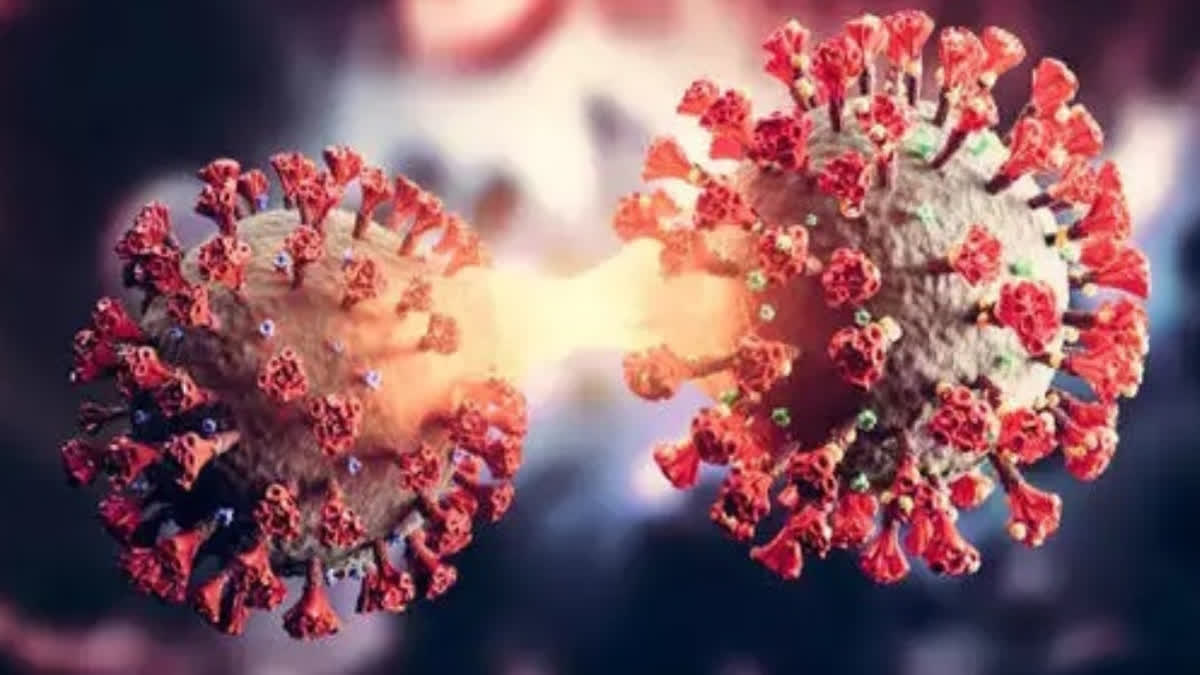New Delhi: Scientists have developed a model that they say predicts the likely evolution of variants of theS-CoV-2 virus which causes COVID-19.
The researchers from the University of Cologne in Germany and the Icahn School of Medicine, US, noted that the predictions of viral evolution obtained from the model can help design vaccines that are optimally effective against future variants. Predictive modeling is a mathematical process used to predict future events or outcomes by analysing patterns in a given set of input data.
The model predicts which of the variants can escape human immunity, spread through the population and eventually become new major variants. It also identifies likely pathways of escape evolution even before new variants actually emerge, according to the study published in the journal Cell.
During theS-CoV-2 pandemic, a new variant replaced the previous one in successive epidemic waves. However, several variants are now globally circulating at the same time and compete with each other. This is where predictive models become important to identify those variants that will likely rise to predominance in the near future, the researchers said.
On the one hand, new variants have internal changes that can increase transmissibility. On the other hand, previous infections or vaccinations have generated immunity to older variants, they said.
The new model uses these factors to calculate fitness differences between variants. The study shows that human immunity has now become the main driving force of the evolution ofS-CoV-2.
"This means that even after the pandemic is over, the virus will continue to produce new variants, and we need timely data on them," said Professor Michael Lassig from the Cologne Institute for Biological Physics.
"Our results show how important continued, internationally coordinated surveillance of theS-CoV-2 virus is," Lassig, the lead author of the study, said.
Lassig's lab has been working on predictive analysis of the flu virus for years and advises the World Health Organization on the selection of influenza vaccines.



